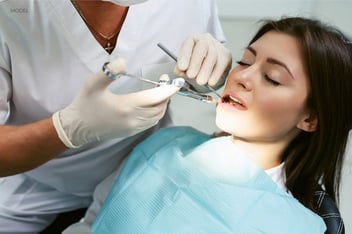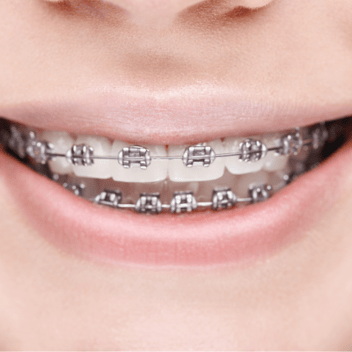Oral Cancer Lump on Gum: The Symptoms, Risks, and Seeking Evaluation
Introduction:
Discovering a lump on your gum can be a concerning experience. While not all lumps are indicative of oral cancer, it's important to understand the potential risks and take prompt action. In this blog, we will explore oral cancer, specifically focusing on lumps that appear on the gum. We'll discuss the symptoms, risks, and emphasize the significance of seeking timely evaluation to ensure early detection and appropriate treatment.
I. Understanding Oral Cancer:
A. Definition: Oral cancer refers to cancerous growth that develops in the tissues of the oral cavity, including the gums, tongue, lips, and other areas.
B. Causes: Multiple factors can contribute to the development of oral cancer, such as tobacco use, excessive alcohol consumption, human papillomavirus (HPV) infection, and family history.
C. Importance of Early Detection: Early detection plays a crucial role in successful treatment outcomes for oral cancer. Regular self-examinations and dental check-ups are vital for identifying any abnormal changes in the oral cavity.
II. Symptoms of Oral Cancer Lump on Gum:
A. Persistent Lump: A lump or mass on the gum that does not heal or go away over time.
B. Red or White Patches: The presence of red or white patches on the gums or other oral tissues.
C. Swelling and Pain: Swelling, tenderness, or persistent pain in the gum area.
D. Difficulty Chewing or Swallowing: Difficulty or discomfort while chewing or swallowing food.
E. Changes in Speech: Changes in speech, such as slurring or difficulty articulating words.
III. Potential Risks and Factors:
A. Tobacco Use: Smoking cigarettes, cigars, or using smokeless tobacco products significantly increases the risk of oral cancer.
B. Alcohol Consumption: Excessive and long-term alcohol consumption can contribute to the development of oral cancer.
C. HPV Infection: Certain strains of HPV (human papillomavirus) have been linked to an increased risk of oral cancer.
D. Sun Exposure: Prolonged and unprotected exposure to the sun can increase the risk of lip cancer.
IV. Seeking Timely Evaluation:
A. Dentist or Oral Surgeon: If you notice a lump on your gum or any other concerning oral symptoms, it is crucial to schedule an appointment with your dentist or oral surgeon for a thorough examination.
B. Oral Cancer Screening: Your dentist or oral surgeon can perform a comprehensive oral cancer screening to assess any abnormal changes and determine the need for further diagnostic tests.
C. Biopsy and Diagnosis: If a suspicious lump is found, a biopsy may be performed to evaluate the tissue for cancer cells.
D. Treatment Options: If oral cancer is detected, treatment options such as surgery, radiation therapy, and chemotherapy may be recommended based on the stage and extent of the cancer.
Conclusion:
Discovering a lump on your gum can be distressing, but it's important not to jump to conclusions. While not all oral lumps indicate cancer, it is crucial to be proactive and seek timely evaluation from a dentist or oral surgeon. Regular self-examinations, along with dental check-ups, play a vital role in detecting any abnormal changes in the oral cavity. By being aware of the symptoms and risks associated with oral cancer, you can take control of your oral health and ensure early detection and appropriate treatment if needed. Remember, your dental healthcare professional is your partner in maintaining optimal oral health and providing guidance throughout your journey.
.png?width=80&height=80&name=Clove%20Dental%20White%20Small%20(28).png)



